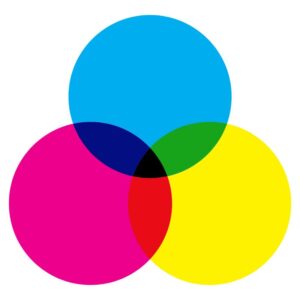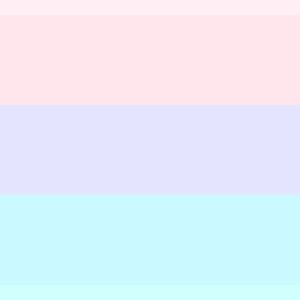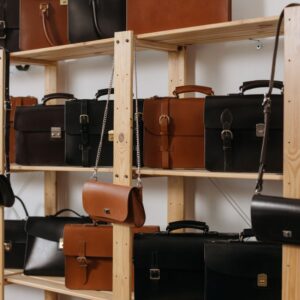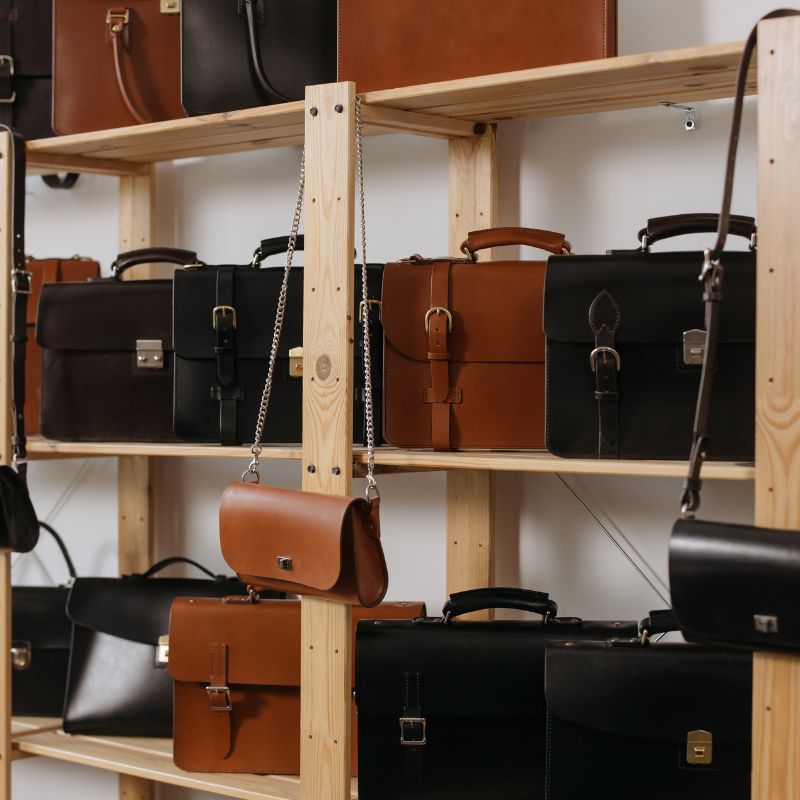Fashion
Mix Colors to Make Your Outfit More Personal
Understanding Color Theory to Mix Colors
Before diving into practical tips, it’s important to understand the basics of color theory. Color theory is a set of principles used to create harmonious color combinations. It involves the color wheel, which categorizes colors into primary, secondary, and tertiary groups.
- Primary Colors: Red, blue, and yellow. These colors cannot be created by mixing other colors.

- Secondary Colors: Green, orange, and purple. These are formed by mixing two primary colors.
- Tertiary Colors: These colors are created by mixing a primary color with a secondary color, resulting in hues like red-orange or blue-green.
Understanding these categories will help you create balanced and visually appealing outfits.
Mix Colors – Creating Harmonious Color Combinations
To make your outfit more personal, consider the following color combinations:
- Monochromatic: This approach involves wearing different shades and tints of a single color. It creates a streamlined and cohesive look. For instance, pairing light blue with navy can make a sophisticated outfit.
- Analogous: These are colors that sit next to each other on the color wheel, such as blue, blue-green, and green. Analogous color schemes are naturally pleasing and create a serene, harmonious look.
- Complementary: Complementary colors are opposite each other on the color wheel, like red and green or blue and orange. Using these colors together can create a vibrant and high-contrast outfit.
- Triadic: This scheme uses three colors that are evenly spaced around the color wheel. For example, red, yellow, and blue. Triadic combinations are balanced yet vibrant.
- Split-Complementary: This involves choosing one base color and then using the two colors adjacent to its complementary color. For example, blue with yellow-orange and red-orange.
Practical Tips for Mix Colors
- Start with Neutrals: If you’re new to color mixing, start with neutral colors like black, white, gray, or beige. They act as a base and allow you to experiment with bold colors without overwhelming your look.
- Use Color Blocks: Color blocking involves wearing solid blocks of contrasting colors. This technique allows you to play with color combinations and create a striking visual effect.
- Add Patterns and Prints: Incorporating patterns and prints can add depth to your outfit. Patterns like stripes, polka dots, and floral designs often use multiple colors, which can be matched or complemented with solid-colored pieces.
- Balance Bright and Muted Colors: To avoid an outfit that’s too overwhelming, balance bright colors with muted tones. For example, if you wear a bright yellow top, pair it with navy pants to tone down the intensity.
- Consider Your Skin Tone: Some colors will naturally complement your skin tone better than others. Warm skin tones often look great in earthy colors like olive and orange, while cool skin tones may shine in colors like blue and purple.
Incorporating Trends into Personal Color Mixes
Fashion trends can offer inspiration for color mixing, but it’s crucial to adapt them to your personal style. Here are some current trends to consider:
- Pastel Shades: Soft pastels are in vogue. Mixing pastel colors like mint green, lavender, and soft pink can create a gentle and sophisticated look.

- Bold and Bright Colors: Vibrant colors like electric blue, fuchsia, and neon green are popular. Combining these with neutral tones can create a balanced yet edgy outfit.
- Earthy Tones: Earthy colors like terracotta, olive green, and mustard yellow are trending. These colors can be mixed for a warm, grounded look.
- Metallic Accents: Metallics like gold, silver, and bronze can be mixed with other colors for a touch of glamour. Pairing metallic accessories with solid-colored outfits can add a personalized touch.
Building a Personal Color Palette to Mix Colors
Creating a personal color palette is a great way to ensure your outfits are cohesive and reflective of your style. Here’s how to build one:
- Identify Your Favorite Colors: Start by noting the colors you’re naturally drawn to. This will be the foundation of your palette.
- Explore Color Combinations: Use the color theory principles mentioned earlier to experiment with how these colors work together. Create a mix of your favorites that complement each other.
- Create a Color Swatch: Develop a color swatch or mood board using fabric samples, magazine cutouts, or digital tools. This visual reference will help you maintain consistency in your wardrobe.
- Update Seasonally: Refresh your color palette with each season. Incorporate seasonal colors and trends while staying true to your core colors.
Accessorizing with Color
Accessories are an excellent way to incorporate color into your outfits without overwhelming them. Here are some tips:
- Statement Jewelry: Bold jewelry pieces like necklaces, earrings, or bracelets can add a splash of color to a neutral outfit.
- Scarves and Hats: These accessories can introduce color and pattern in a subtle yet stylish way.
- Shoes and Bags: Incorporating colorful shoes or bags can make your outfit pop without needing to mix multiple colors in your clothing.

Final Thoughts
Mixing colors is a powerful tool in creating personalized and memorable outfits. By understanding color theory, experimenting with combinations, and incorporating trends and accessories, you can create a wardrobe that reflects your unique style. Remember, fashion is about expression, so feel free to play with colors and have fun in the process!
Learn more: Zgladnews fashion


